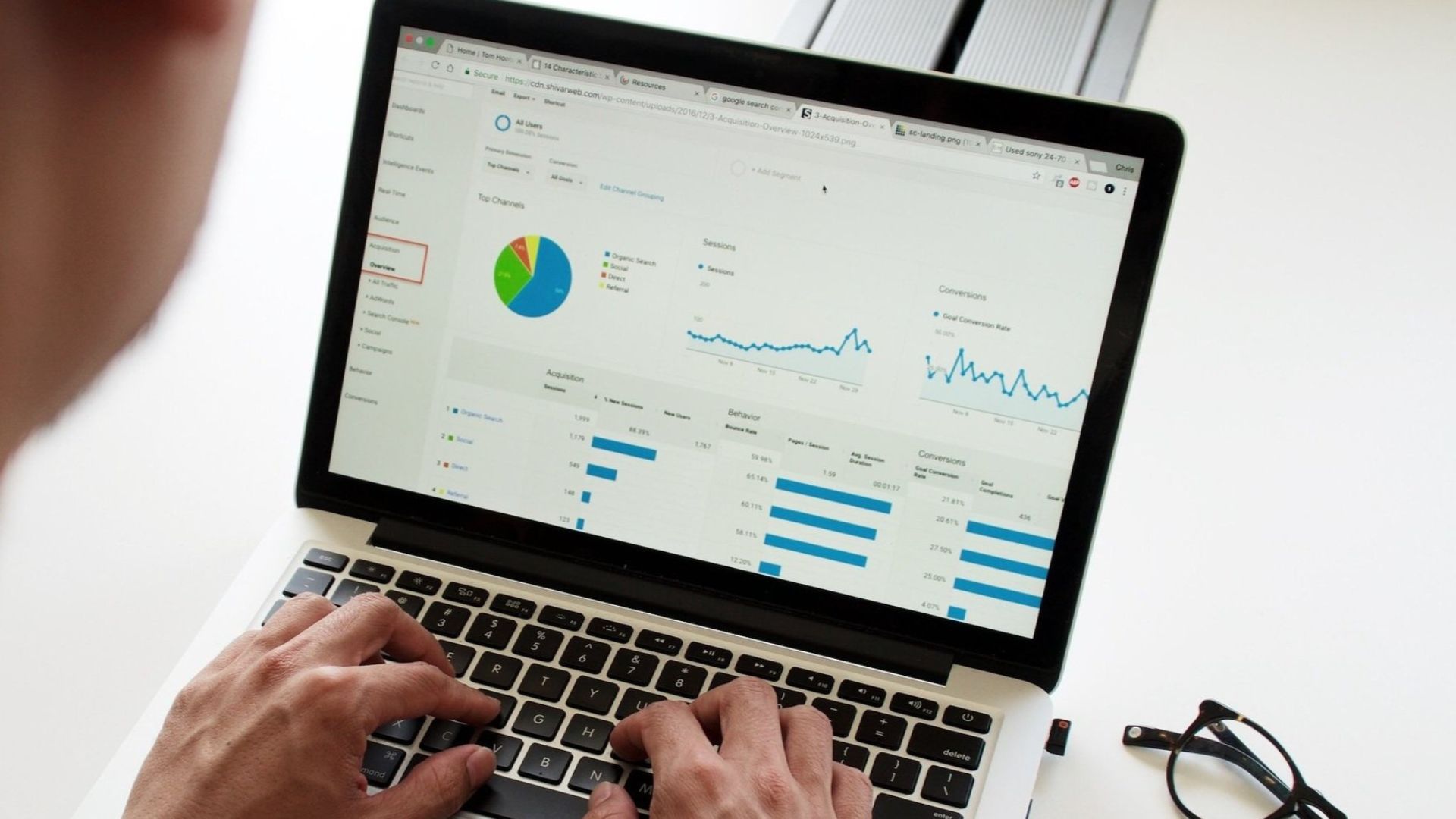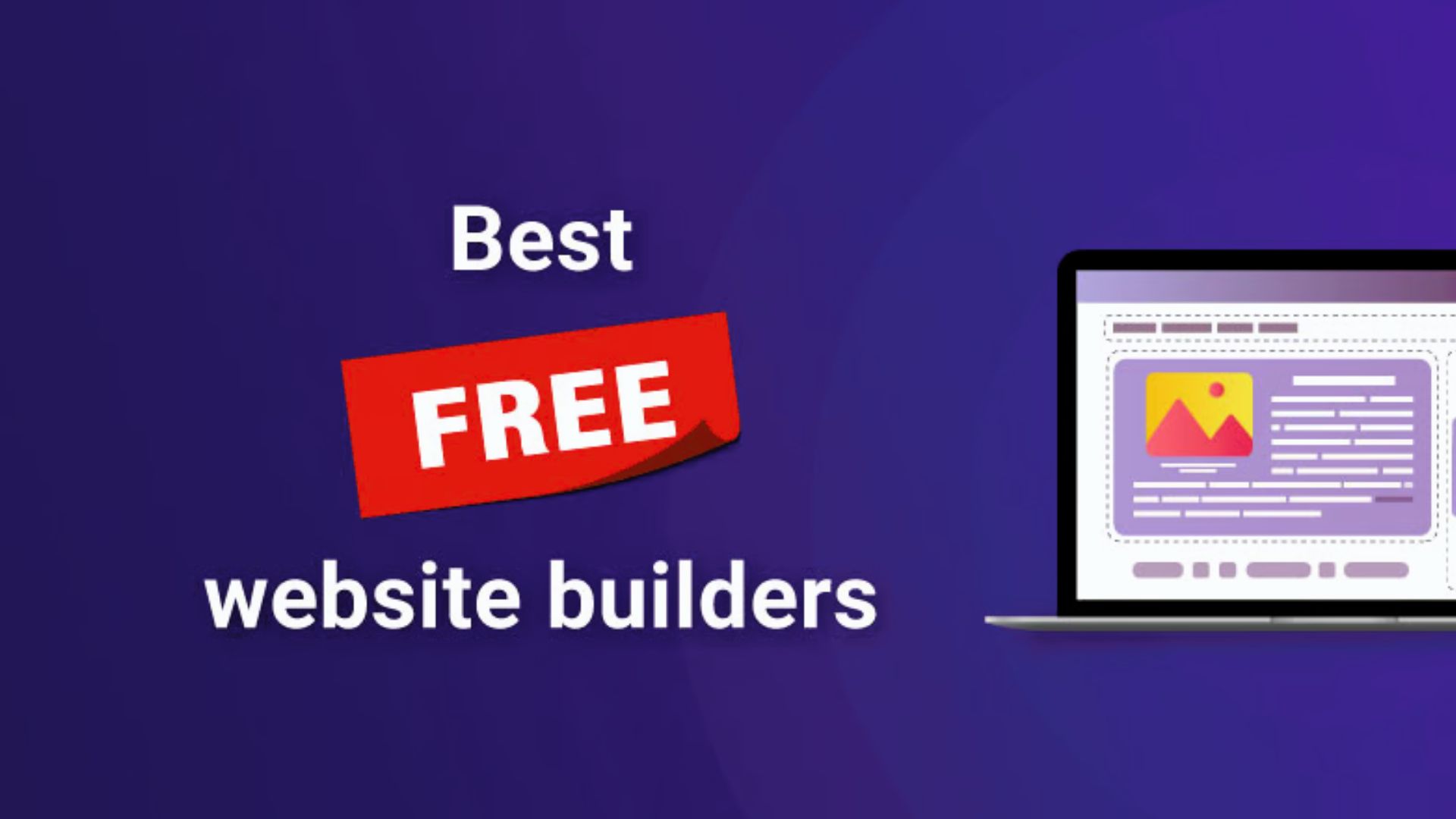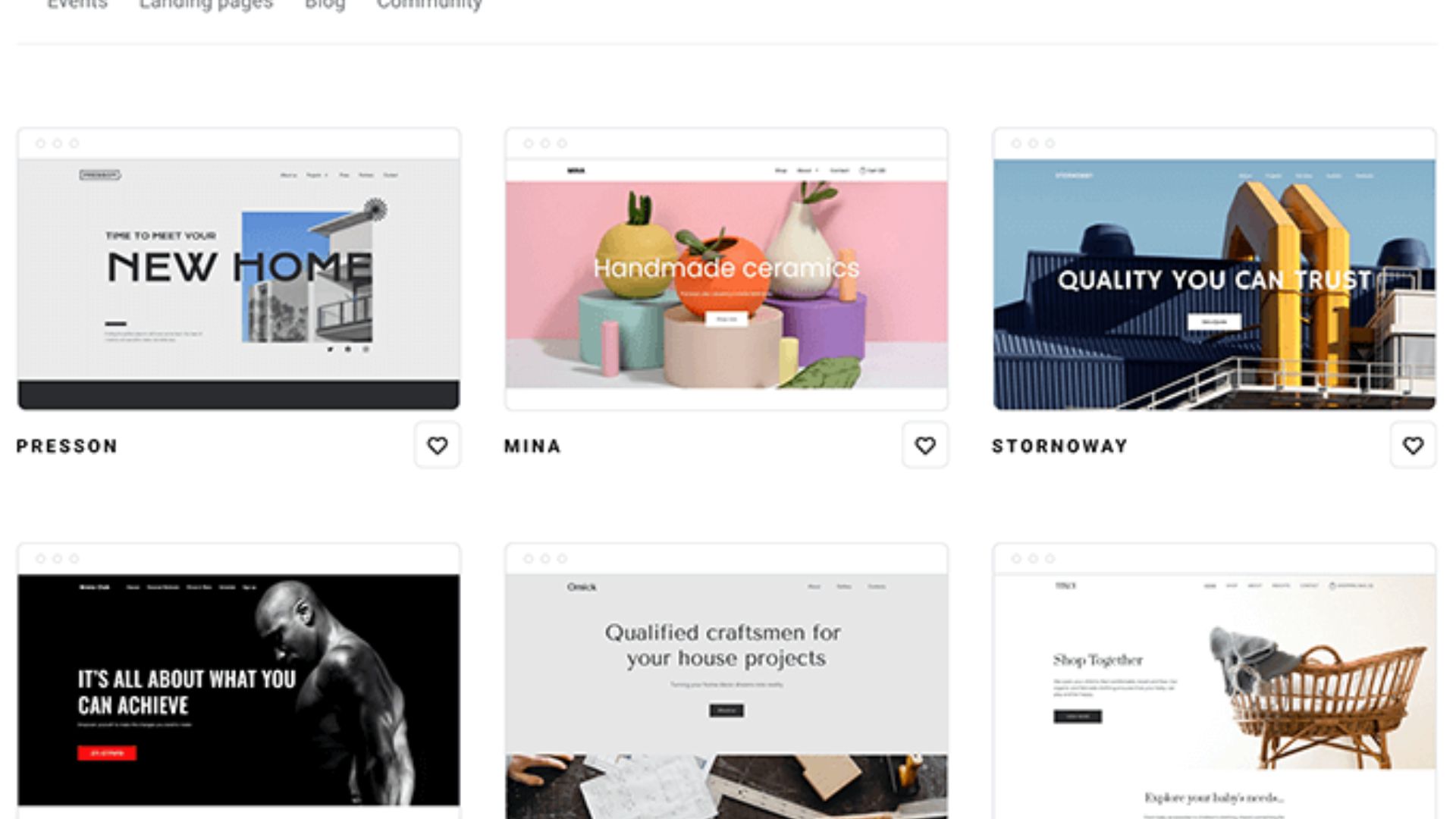Geometric shapes play a significant role in web design, particularly in creating visual hierarchy and enhancing the overall aesthetic appeal of a website. Here are some key impacts of using geometric shapes in web design:
- Visual Hierarchy: Geometric shapes can be employed to establish a clear visual hierarchy on a web page. Larger or more dominant shapes can grab the viewer’s attention and serve as focal points, guiding their eyes and directing them to specific areas of the page. Smaller or less prominent shapes can be used to support and complement the overall design.
- Organization and Structure: Geometric shapes can be used to create a sense of order and structure within a web layout. Shapes such as rectangles, squares, or grids can be utilized to divide content sections or elements, helping to organize information and improve readability. These shapes provide a visual framework that adds balance and cohesion to the design.
- Symbolism and Representation: Geometric shapes carry symbolic meanings and associations. For example, circles can signify unity or wholeness, triangles can convey stability or dynamism, and squares can represent balance or solidity. Leveraging these symbolic associations can add depth and meaning to the design, reinforcing the intended message or branding of the website.
- Visual Impact and Contrast: Geometric shapes, when combined with contrasting colors or textures, can create visually striking designs. Bold and contrasting shapes can capture attention, evoke emotions, and create a memorable visual impact. The juxtaposition of different geometric shapes can add visual interest and make the design more dynamic.
- Responsive and Scalable Design: Geometric shapes lend themselves well to responsive web design. Their inherent simplicity and structure allow them to scale or adapt to different screen sizes or resolutions without losing their visual integrity or impact. This ensures a consistent user experience across various devices.
- Branding and Identity: Consistently using specific geometric shapes within a website’s design can contribute to building a recognizable and cohesive brand identity. By incorporating shapes associated with the brand’s visual identity, businesses can create a strong visual connection with their audience and reinforce their brand personality.
- Visual Representation of Concepts: Geometric shapes can be used to visually represent abstract concepts, such as growth, connectivity, data visualization, or industry-specific elements. By using shapes in a contextually relevant manner, businesses can effectively communicate complex ideas or information, making the design more engaging and informative.
It’s important to strike the right balance when using geometric shapes in web design. Overusing or misusing shapes can create visual clutter or confusion. Thoughtful integration of shapes, in alignment with the purpose and desired user experience, can contribute to creating visually appealing and effective web designs that support visual hierarchy and enhance user engagement.










